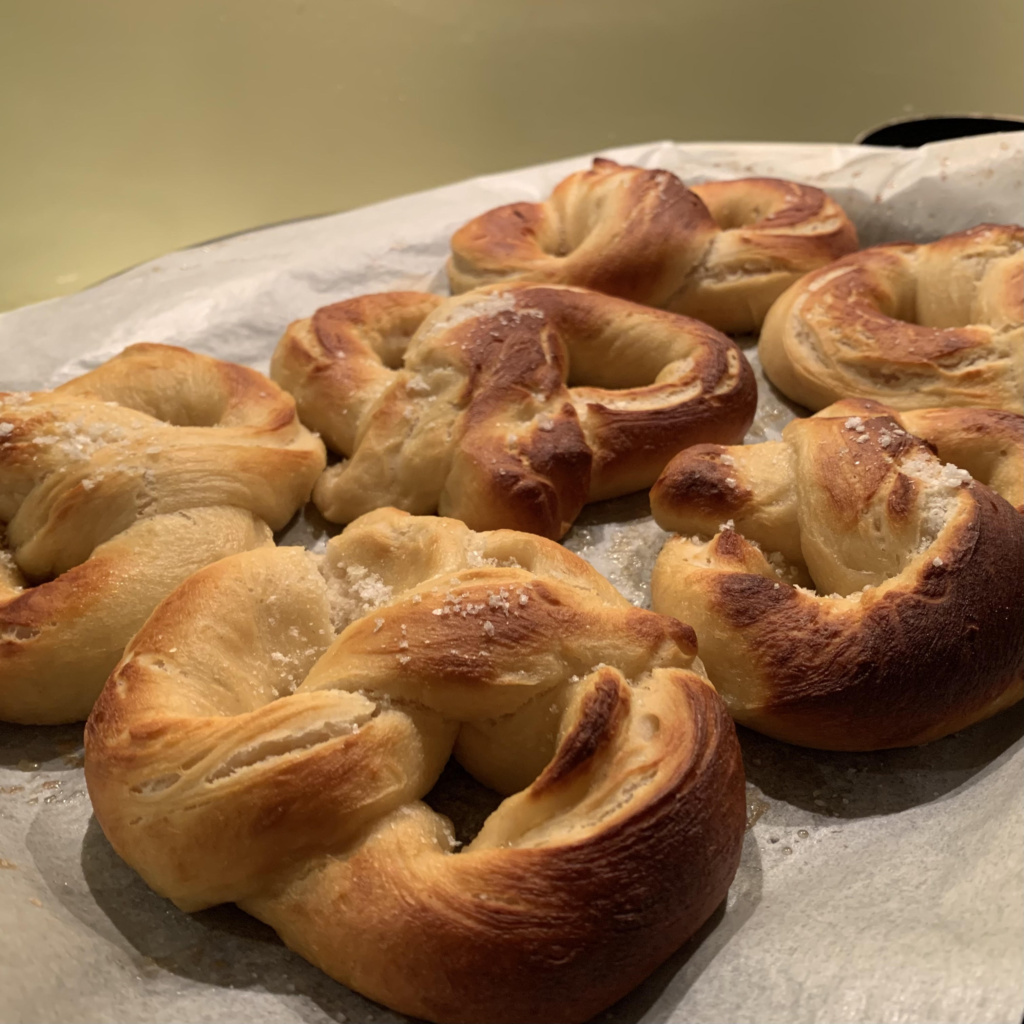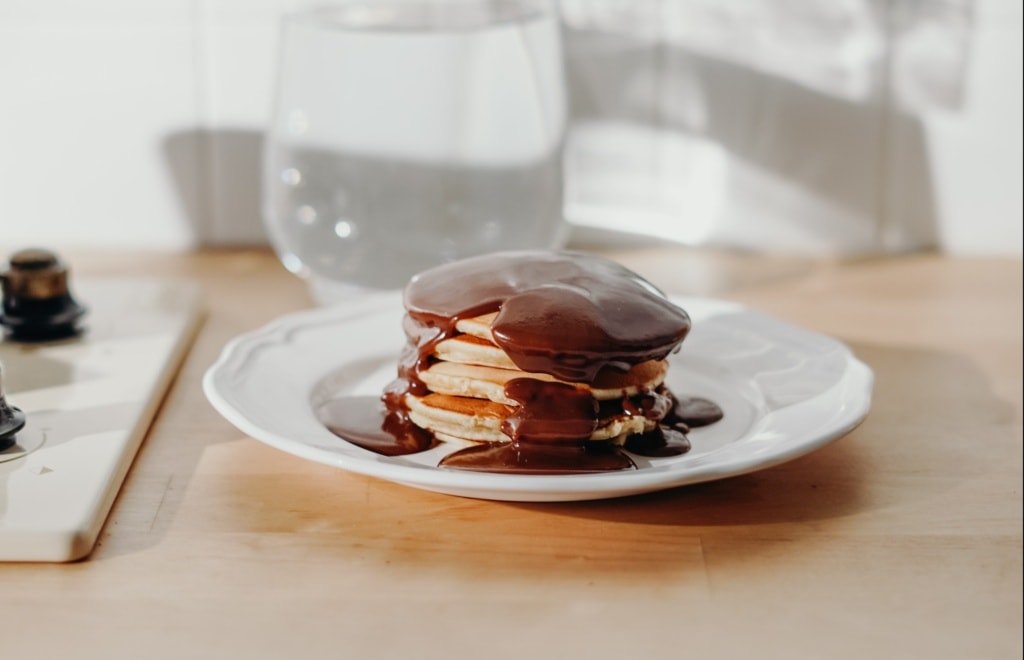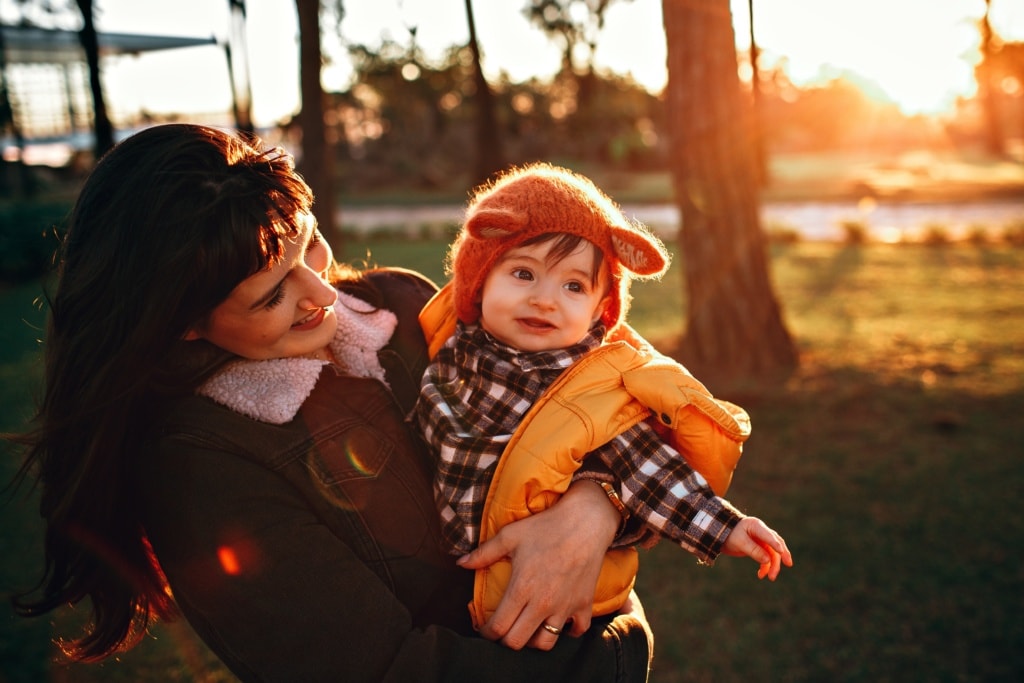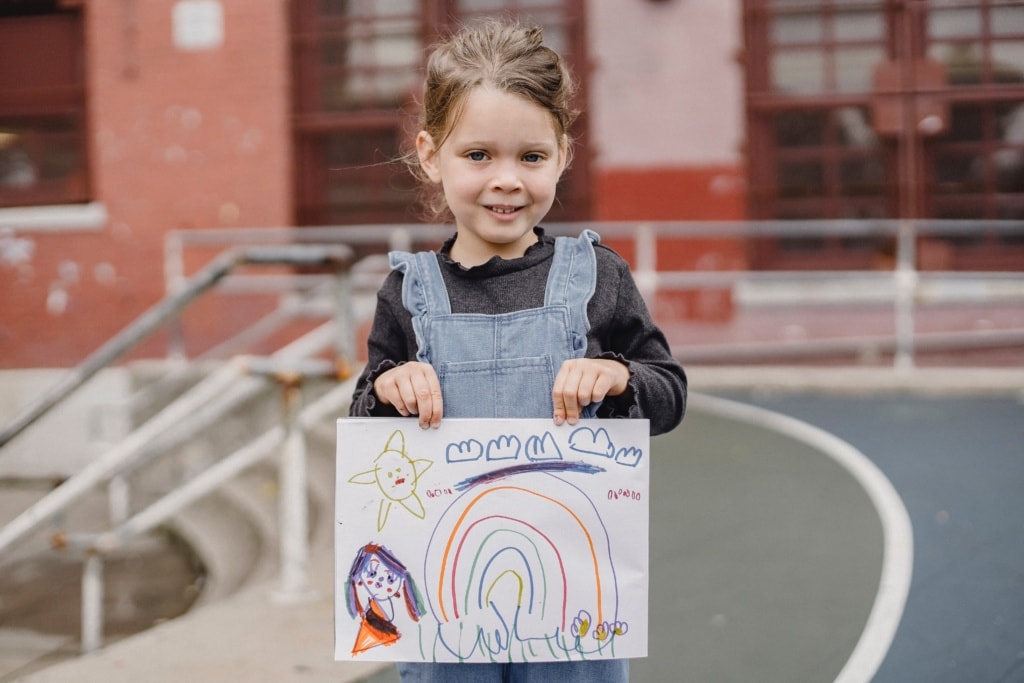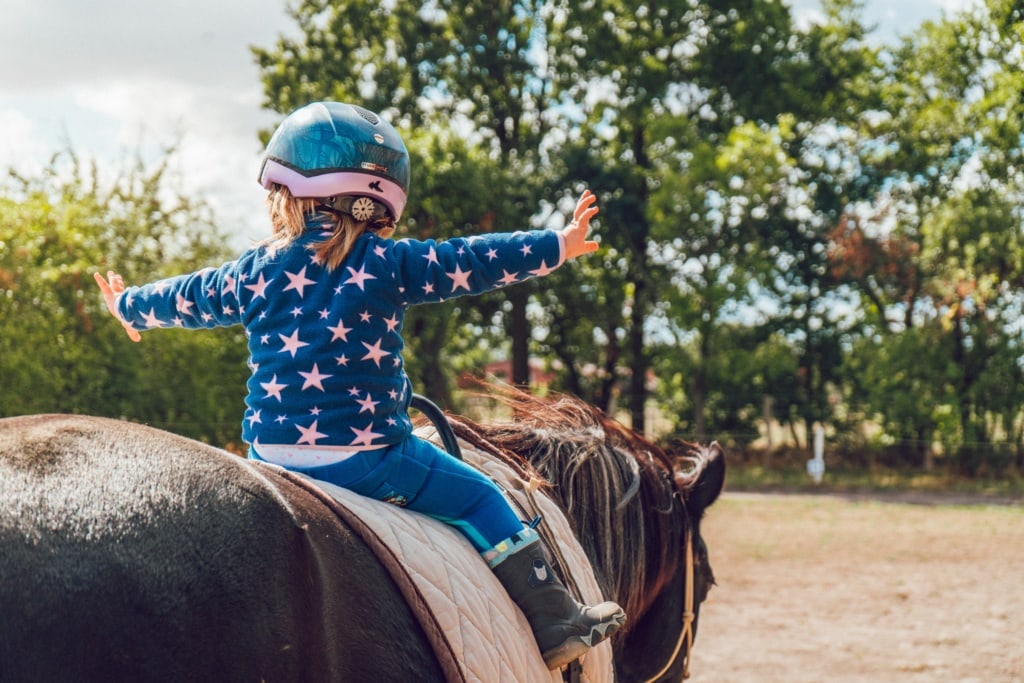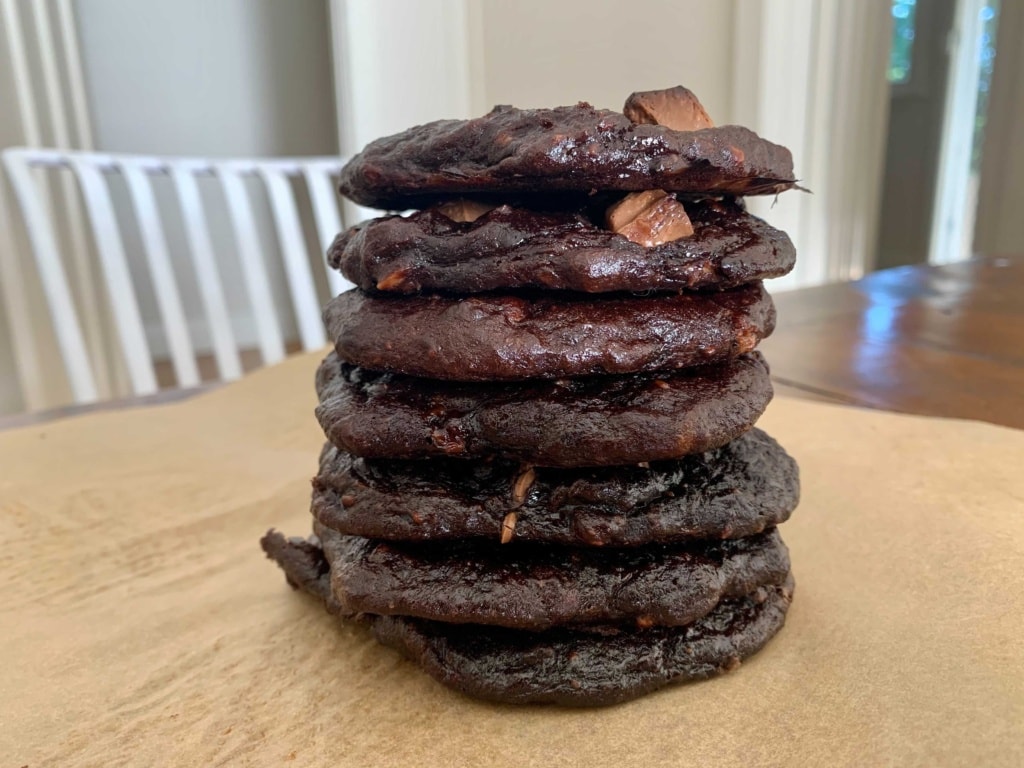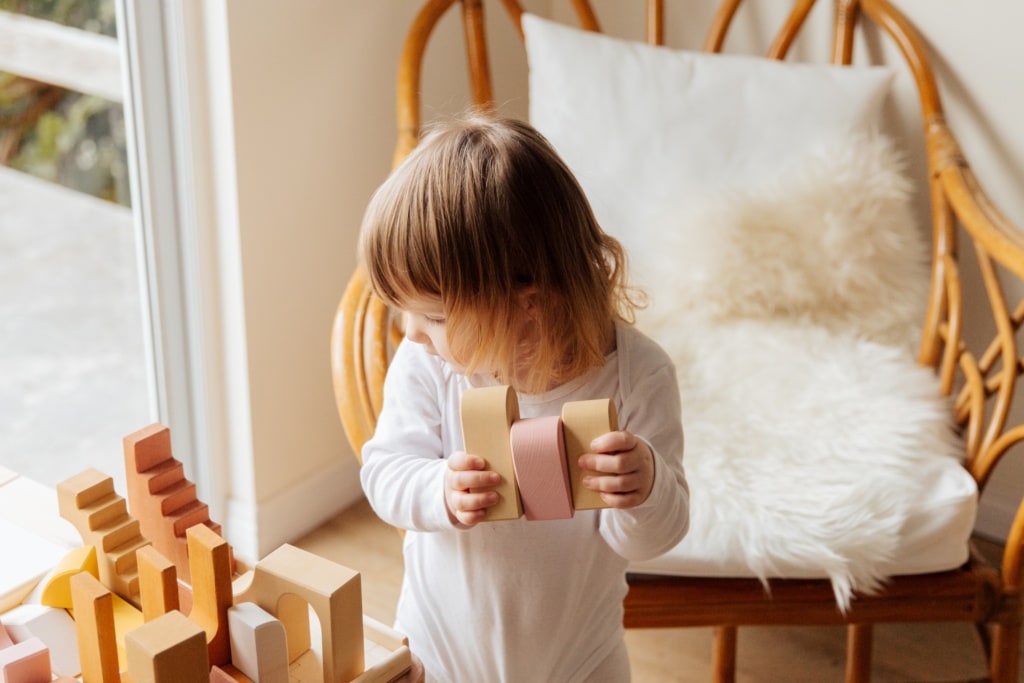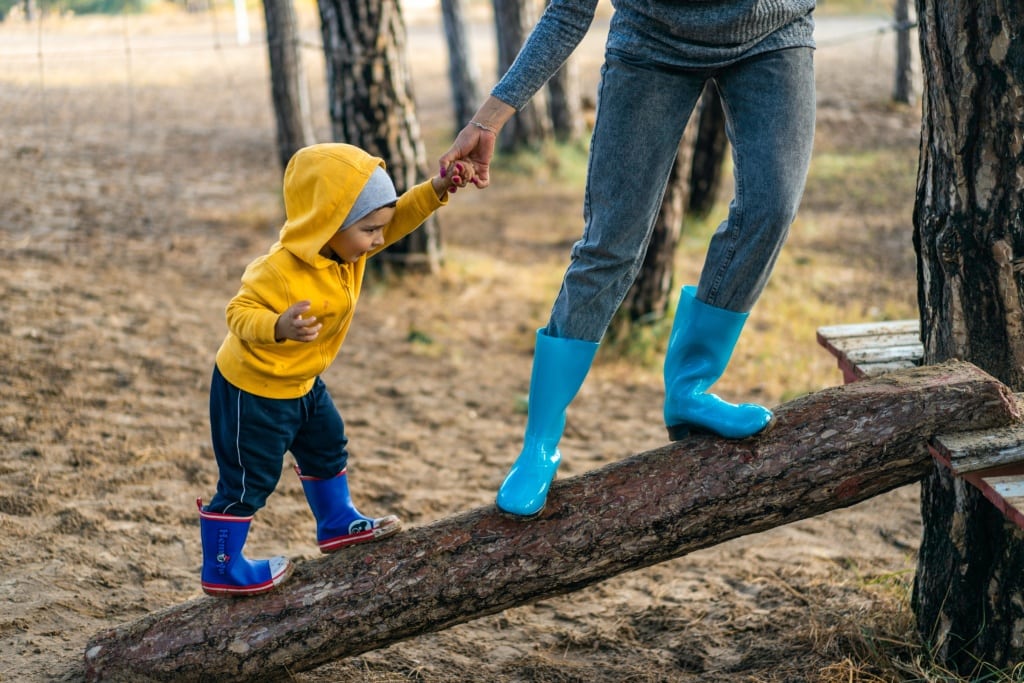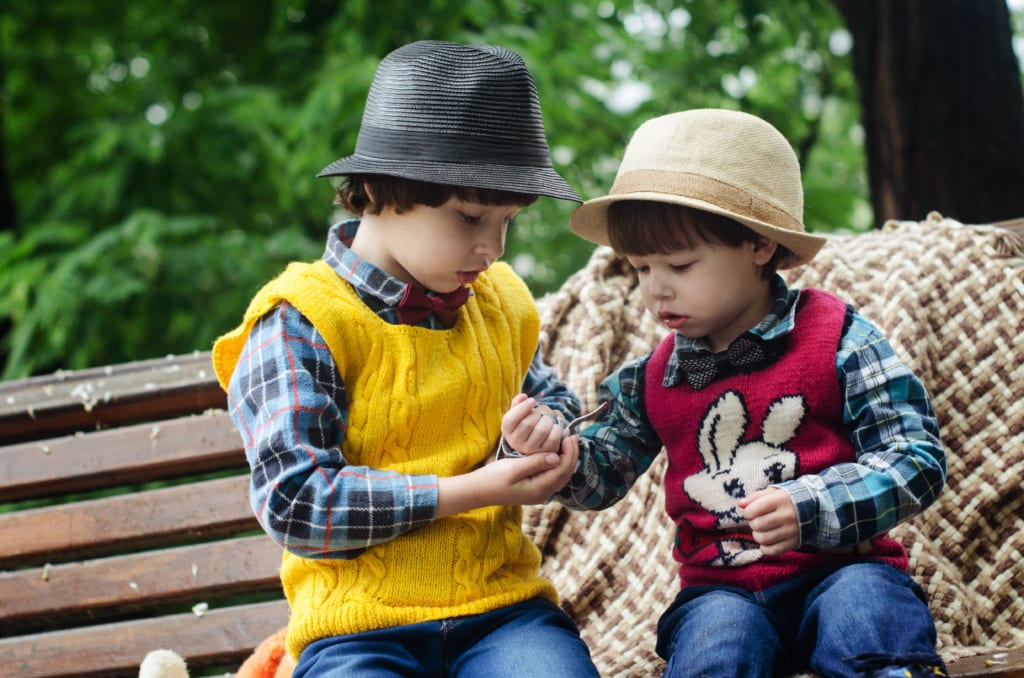Recipe: easy homemade soft pretzels
Homemade soft pretzels. Making bread is such a great sensory play activity for kids. Squeezing, pushing, pressing and pulling the dough… smelling it as it bakes and then, of course, eating the finished product!
The dough only needs to rest for 10 minutes before shaping. All you need is warm water, one packet of yeast, melted butter, brown sugar, salt, flour and baking soda. We made a vegan version with plant based butter.
This pretzel recipe includes a baking soda ‘bath’ – this step gives pretzels that iconic flavor, golden brown texture, and super soft centre. If you get the water boiling ahead of time, it really only adds 5 minutes to the entire process. It’s worth it!
This dough makes 12 regular size soft pretzels, so we used two baking sheets, six on each.
Ingredients
Pretzels
1 and 1/2 cups (360ml) warm water (lukewarm – no need to take temperature)
1 packet active dry or instant yeast (2 1/4 teaspoons)
1 teaspoon salt
1 tablespoon brown sugar or granulated sugar
1 tablespoon unsalted butter, melted and slightly cool
3 3/4-4 cups (469-500g) all-purpose flour (spooned and levelled), plus more for work surface
Coarse sea salt for sprinkling
Baking Soda Bath
1/2 cup (120g) baking soda
9 cups (2,160ml) water
Method
- Whisk the yeast into warm water and allow to sit for one minute. Whisk in the salt, brown sugar, and melted butter. Slowly add three cups of flour. Mix with a wooden spoon (or dough hook on a bread mixer) until the dough is thick. Add more flour until the dough is no longer sticky. If it is still sticky, add 1/4 – 1/2 cup more, as needed. Poke the dough with your finger – if it bounces back, it is ready to knead.
- Turn the dough out onto a floured surface. Knead the dough for 3 minutes and shape into a ball. Cover lightly with a towel and allow to rest for 10 minutes. (Meanwhile, you can get the water and baking soda boiling as instructed in step 6.)
- Preheat oven to 400°F (204°C). Line two baking sheets with parchment paper or silicone baking mats. If using parchment paper, lightly spray with nonstick spray or grease with butter. Set aside.
- With a sharp knife or pizza cutter, cut dough into twelve sections.
- Roll the dough into a rope. Form a circle with the dough by bringing the two ends together at the top of the circle. Twist the ends together. Bring the twisted ends back down towards yourself and press them down to form a pretzel shape.
- (This step is optional, but promises a chewier pretzel and helps provide that traditional soft pretzel taste). Bring the baking soda and two litres of water to a boil in a large pot. Drop 1-2 pretzels into the boiling water for 20 seconds (any more than that and your pretzels will have a metallic taste). Using a slotted spatula, lift the pretzels out of the water and allow as much of the excess water to drip off. Place pretzels onto prepared baking sheet. Sprinkle each with coarse sea salt. Repeat with remaining pretzels. You can cover and refrigerate the boiled/unbaked pretzels for up to 24 hours before baking in step 7.
- Bake for 12-15 minutes or until golden brown.
- Remove from the oven and serve warm.
Have you tried our other recipes? Visit the blog for more ideas!
Recipe: easy homemade soft pretzels Read More »

